Introduction In recent years, the shift towards metal roofing in…
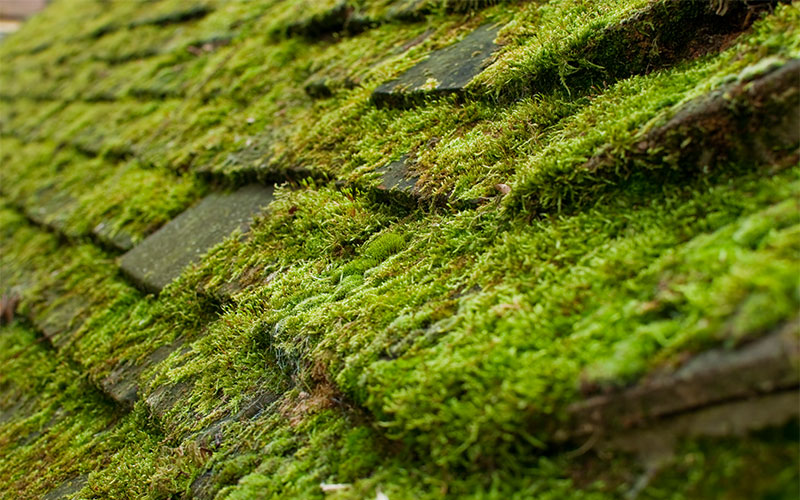
Lichen, Mould and Moss On Roofs: What To Do About It
A clean roof is a thing of beauty. It adds curb appeal, repels water, and just looks pretty darn good. And while you might occasionally need to replace a roof tile, there are worse things that can infect the beauty of your roof.
We’re talking about lichen, mould, and moss.
These unwelcome plants and fungi transform your roof into something out of an alien sci-fi flick. And while you may be tempted to let nature take its course, you’re risking a lot more than aesthetics when you let them grow out of hand.
In this post, we’ll examine why lichen, moss, and mould grow on your roof, how they can harm it, and—most importantly—what to do about it.
Why Is My Roof Growing Stuff?
You’re probably wondering why your roof is growing a greenish carpet of strange organisms in the first place. The answer basically comes down to two things: moisture and warmth.
Mould, lichen, and moss all love to breed in warm moist environments, and unfortunately roofs often make the ideal breeding grounds. Even though it is meant to repel water from entering your home, your roof can become the reason that the moisture is sticking around longer than it should.
This can be caused by a variety of factors. Most commonly, gutter cleaning gets neglected, and they become so stuffed with leaves and twigs that they make better sponges than spouts. Likewise, if debris, such as a branch, falls on your roof and doesn’t get removed for a long period of time, it can slow the drainage of rain from your roof. Finally, simply poor roof drainage due to unprofessional installation or damage over time can result in excess moisture building up on your roof.
Combine any of these problems with hot summer days, and you’ve got a recipe for unwelcome visitors infesting the top of your home.
How Can Lichen, Mould, and Moss Hurt My Roof?
The only thing you really want on your roof is roof. Anything else that’s growing or collecting up there is going to cause trouble. Even if it’s just cosmetic in nature, the damage is real. No one wants to buy a house with green fuzz protruding from the top. And even if you aren’t planning on selling, a messy roof is never a pleasure to come home to.
But in truth, the damage that lichen, mould, and moss can go much further than mere looks. Here is a breakdown of how they can hurt your roof.
Water Build Up
Anything on your roof is going to get in the way of rain that is trying to make its way to the gutters. The more this journey is held up, the more moisture will collect in your roof, wear away at your roofing, and find its way inside your home.
Moss is the biggest culprit here. Because it grows so thick, almost like a patch of grass on your roof, it just has the ability to sop up so much extra moisture.
Warping and Cracking
Moss grows something known as rhizoids, which basically act as roots. These can find their way under your tiles or tiles and force them to warp, shift, or crack. Likewise, moisture that is held by lichen or moss can freeze in cold weather and cause cracks in your roofing, much like potholes that form in roads.
Health Hazards
Mould is a dangerous fungus that can become airborne and pose a serious health risk if it works its way into your home. When any growth builds up on your roof over time, you risk exposing your rafters and other wood to moisture, which will become a quick breeding ground for mould.
While minor symptoms of mould include simple coughing and runny nose, people have varying levels of sensitivity. When the wrong person is exposed to too much mould over too much time, symptoms can range from nosebleeds to headaches—even anxiety and nerve damage.
Wikipedia has an article about it;
When mould spores are present in abnormally high quantities, they can present especially hazardous health risks to humans after prolonged exposure, including allergic reactions or poisoning by mycotoxins or causing fungal infection.
One of Dulux’s brochures goes in depth on how to prevent algae, mould and lichen growth:
Reduced Property Value
A reliable roof is one of the most important factors to new home buyers. Even if the lichen or moss on roofs isn’t causing any real damage yet, it will still leave a sour first impression on anyone viewing your home.
If you are planning to sell, the last thing you want is for buyers to label your home as a “fixer-upper”. But that’s exactly what’s going to happen if you don’t get it cleaned. And the reduced number of bids and lower offers you receive will be the proof.
Identifying Growths on Your Roof
As we said before, pretty much nothing should be growing on your roof. If you do notice uninvited guests up there, it’s time to call a professional. You may still want to know exactly what you’re looking at.
Moss
Moss is probably the easiest growth on your roof to identify. It looks like a little patch of grass (or maybe a really big patch if you’ve let it go for a while). While moss doesn’t have real roots, it has tiny protrusions that look like roots, and it will form its own soil by collecting dirt and debris from the air. Cleaning moss off roof tiles is generally best done as soon as possible before this soil has a chance to gather.
Lichen
Lichen isn’t a plant. In fact, it’s not even a single organism. It’s actually a combination of algae and fungi living together. And on your roof, it usually looks like a green crust that grows in patches. While moss can look quite luscious, lichen usually grows much thinner and closer to the surface of your roof. Lichen on terracotta roof tiles is particularly unappealing to the eye, and is best handled before it has a chance to cake in and ruin the tiles.
Mould
When mould is growing on top of your roof, it is often indicative of problems that started within the home. More than likely, it is spreading from your attic into your roof. Roof mould is actually very difficult to identify because it looks very similar to algae when it grows on a roof. They both tend to appear as streaks of black or greenish stains that seem to extend down your roof. Your best bet here is to call in the professionals for identification.
Getting Moss, Mould, and Lichen Cleaned From Your Roof
If you’ve determined that you have unwanted moss or other harmful organisms growing on your roof, your best bet is to call in the pros. While there are some do-it-yourself solutions, the trouble with these is that you run the risk of damaging your roof in the removal process.
It could very well cost you more money to do the job yourself if you end up requiring roof repairs as a result of your efforts. Additionally, some roof cleaning requires commercial grade chemical solutions that you might not have access to or might not be qualified to use safely.
If you do choose to hire Vivify Roofing to clean moss, mould, or lichen from your roof, here are some of the processes we may take to get your roof back to good as new again.
Growth Identification
For starters, we will identify precisely which unwelcome guests have made a home on top of your house. This is vital to choosing the best method of cleaning. Sometimes, it’s easy enough for us to do this visually. Other times, we may do a test using a sodium hypochlorite solution to differentiate between fungus growth and plain old dirt.
This involves spot testing the solution on a small patch of your roof. Fungus, like mould, will react to the sodium hypochlorite, while dirt will not. This helps us determine if further chemical treatments are in order.
Low Pressure Roof Cleaning
Once we’ve determined the nature of your roof woes, we will employ low pressure, light impact methods to remove the growth or stains. Be wary of companies who want to use a high powered pressure washer on your roof as their go-to solution. Such high power measures are more likely to damage your tiles, and aren’t really necessary anyway. Instead, we rely on low pressure hoses, manual scrubbing, and similar methods to keep from causing any damage.
Chemical Solutions
If necessary, we will use manufacturer recommended cleaning solutions to have the best effect on your particular roof material. Sometimes, one spraying is enough to get the job done. With particularly heavy growths, however, we may use one to loosen the thickest layer and a second to finish the job.
Damage Inspection
Because unwanted growth can damage your roof, we always take the time to give your roof a thorough inspection after it is cleaned. This lets us identify warped, cracked, or otherwise ruined sections that may need replacement or repair. The longer you’ve let the mould, lichen, or moss grow, the more likely you are to require additional roof restoration.
Roof Restoration
Finally, if you choose, we will take the steps necessary to repair any damage that turns up in our inspection. This includes, but is not limited to, services like these:
- Replacing tiles
- Repointing ridge caps
- Reglazing tiles
- Replacing flashing
- Terracotta Tiles
The goal at Vivify Roofing is to leave you with a sparkling clean roof that looks good and functions well. That’s why we offer roof restoration with any cleaning service that needs it.
Common Questions and Concerns Related to Cleaning Lichen, Moss, and Mould From a Roof
In this last section, we’ll share some of the most frequently asked questions that homeowners have about getting their roof cleaned.
My Roof Looks Really Bad. Are You Sure It Can Be Cleaned?
Yes! Just about any form of growth can be cleaned from your roof using the right methods and materials. If you’ve tried to do the job yourself to no avail, it’s time to call in the professionals. We’ve got the technology, experience, and knowledge to get your roof sparkling clean.
Generally, the only type of roof that won’t benefit from cleaning is one that is already so damaged that it needs to be replaced or restored. After all, removing moss from a cracked tile just leaves you with a sparkling clean cracked tile.
What About Stubborn Roof Stains?
You betcha! We can even handle those tough stains that seem to have become a permanent fixture on your roof tiles.
Believe it or not, while most roof cleaning methods revolve around changing the pH of the fungus or growth to kill it, stains are generally best treated with a neutral pH solution: common dish soap. We’ll either mix this in with whatever else we are spraying, or apply it as a secondary measure after our initial cleaning.
Can I Clean My Roof Myself?
Of course, but we wouldn’t recommend it.
According to the Safe Work Roof Information Sheet by Safe Work Australia, working on a roof is classified as high risk when there is a risk of a person falling more than two meters. Depending on your roof and the required work a harness or safety rails may legally be required.
There are a lot of do-it-yourself jobs when it comes to home improvement that are just fine for the average homeowner to take care of. Roof cleaning just isn’t one of them.
For starters, it’s dangerous. Getting up on a roof is already risky enough. Add in the machinery or equipment you’ll be lugging around and it’s just not worth the trouble. In addition, you run the risk of damaging your roof more than the stuff that’s growing on it already has.
Do I Need To Worry About Moss on Tin Roofs?
While Colorbond and tin roofs are highly resistant to moss, they can still become susceptible to moss growth. Since tin roofs don’t absorb moisture as much as other roofing materials, it’s not as easy for moss spores to find a home.
But when organic debris like dirt, leaves, and branches get stuck on your roof, they provide a means for your tin roof to hold moisture and breed moss. The good news is that tin roofs are fairly easy to clean moss off of.
What Can Be Done About Moss on Tile Roofs?
Terracotta tiles are a beautiful addition to any home, but they are susceptible to moss growth. What’s more, they are relatively fragile and have a tendency to break during the cleaning process if the job is not handled by a professional.
We always approach tile roofs with care. Generally, we start with spraying a simple chemical solution that changes the pH of the moss, thus killing it and weakening its grip on your roof. From there, it can be removed with relatively light water pressure or scrubbing.
If you have porous roof tiles, we have an article which can help you better understand what it is and how it affects your roof.
Are Roof Cleaning Solutions Dangerous To My Lawn or Landscaping?
When in the hands of a qualified professional, you don’t need to worry about the cleaning solutions we use to remove moss, lichen, and mould from your roof. While they are often bleach-based, we apply them carefully and rinse them away with care.
This is one reason that we always recommend against do-it-yourself roof cleaning. There is just too much potential for an untrained hand to cause unintended damage to their lawn or home.
How Often Should I Have My Roof Cleaned?
To be safe, you should schedule cleaning as soon as you see signs of mould, lichen, or moss growing on your roof. When you leave them alone, they are just going to spread faster.
Once your roof is reset to zero with a thorough, professional cleaning, you’ll probably need to repeat the process every three to five years. Be wary of companies offering permanent roof cleaning solutions. There is no surefire way to protect your roof from these growths forever.
As with all maintenance, prevention is better than cure. Regular washing of a roof surface will help to remove materials that adhere to the roof and promote algae, mould and lichen growth – Dulux’s Roof Care Guide
Some factors may require you to get your roof cleaned more often. If your home is particularly heavily shaded, it will be more susceptible to fungal growth. Likewise, if there are many trees that hang over your roof, it will accumulate debris more readily.
Is Roof Cleaning Worth the Cost?
We like to think of a roof cleaning as akin to an oil change. If you choose to not spend a hundred dollars or so every few months on an oil change, you’ll eventually end up with thousands of dollars in engine repair.
The same goes for your roof. If it’s starting to show signs of mould, moss, or lichen growth—you could pay a little to have it cleaned now. Or, you could ignore the problem and pay thousands to have your entire roof replaced when the damage is irreparable a few years down the line.
Schedule a Professional Roof Cleaning Today!
If you are worried about the state of your roof, don’t hesitate to contact a professional. Mould, moss, and lichen can become a serious problem if you don’t tackle them head on. Contact Vivify Roofing today and let us clean your roof back to good as new again.
Get a Free Roof Restoration Quote Now
Thinking of getting your roof painted or restored? Complete the below form to discuss your project and get a free quote.
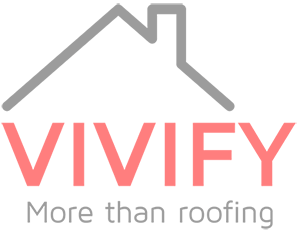
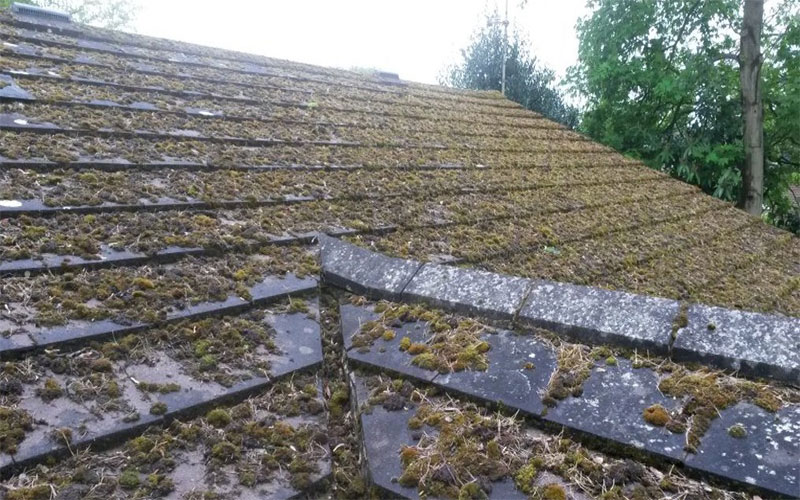
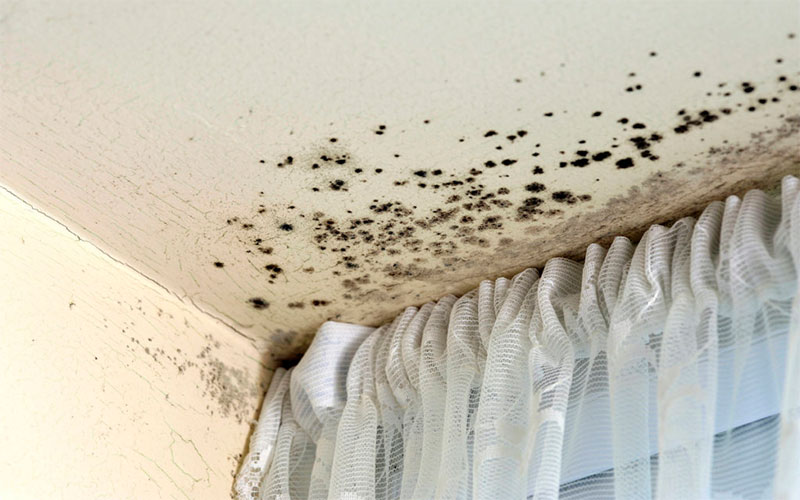
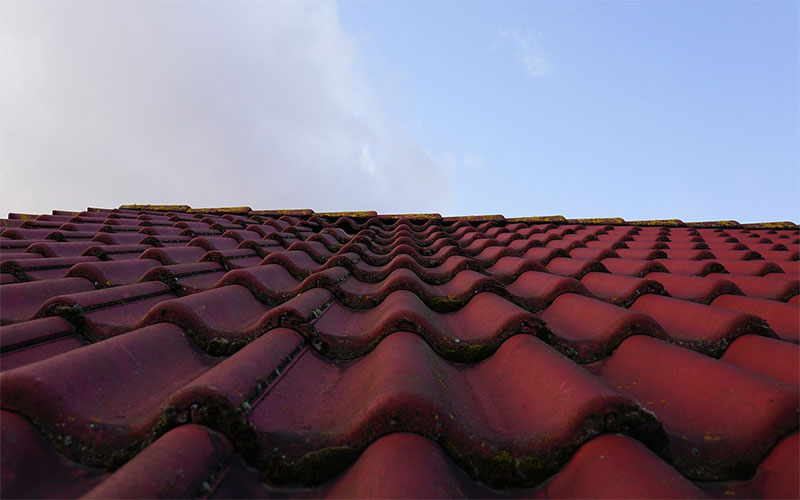
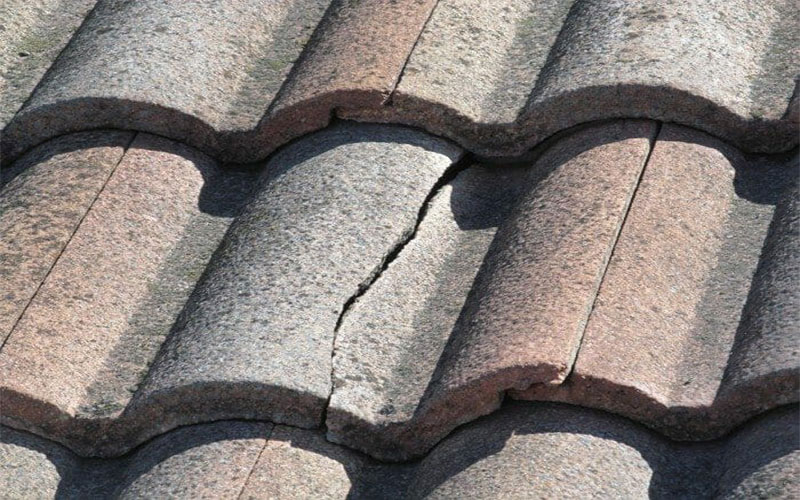

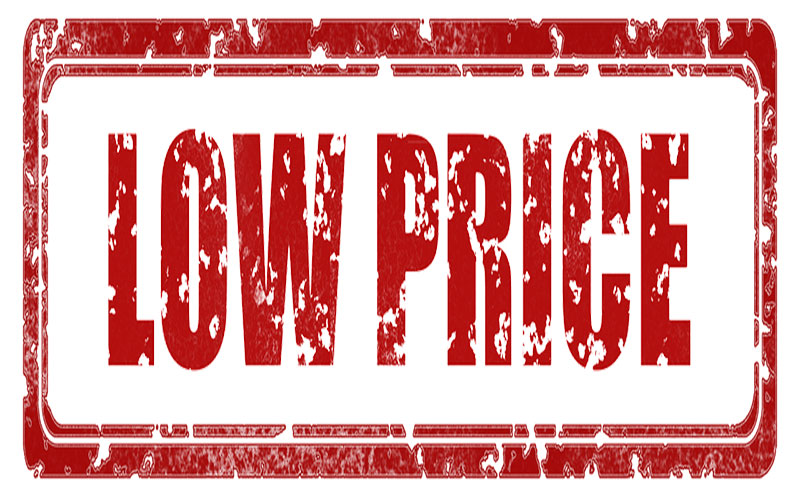
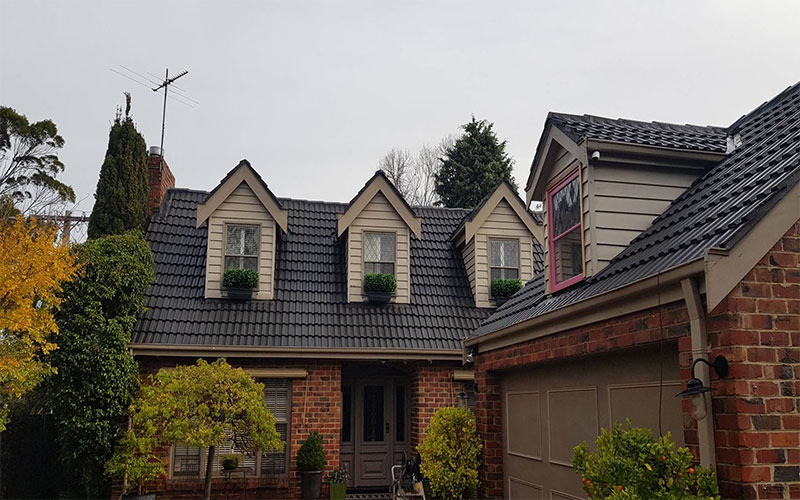
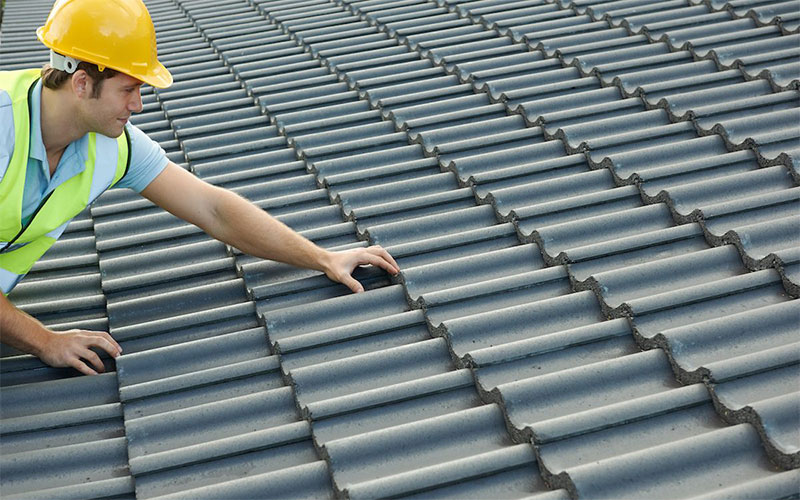
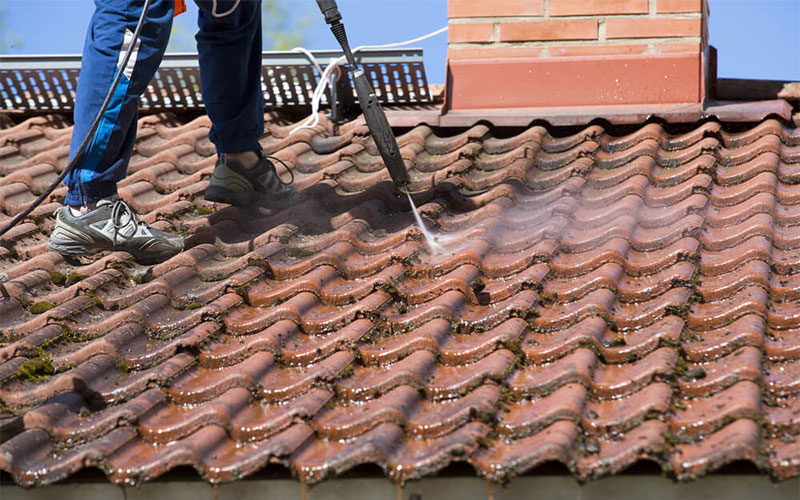
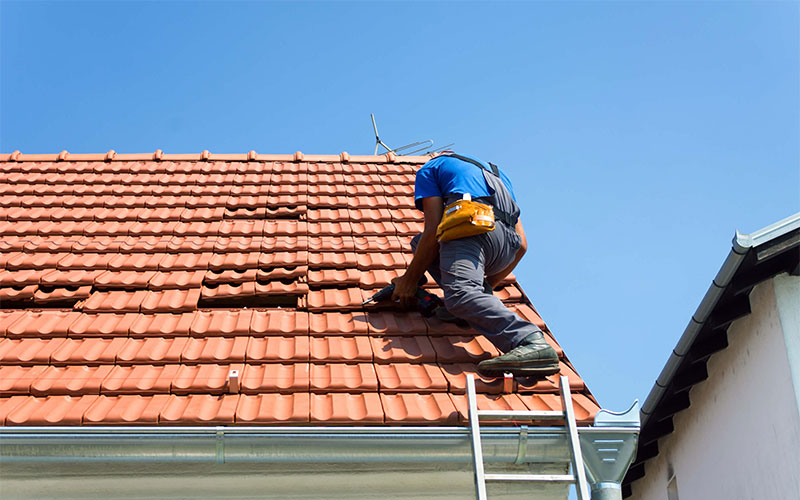
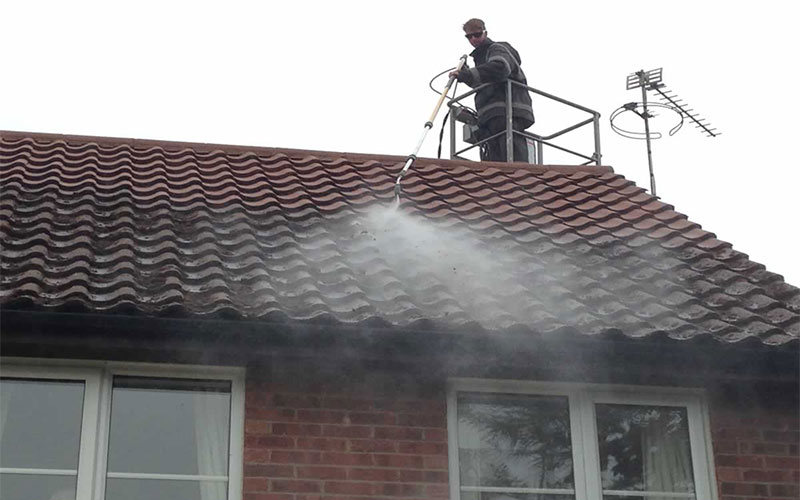
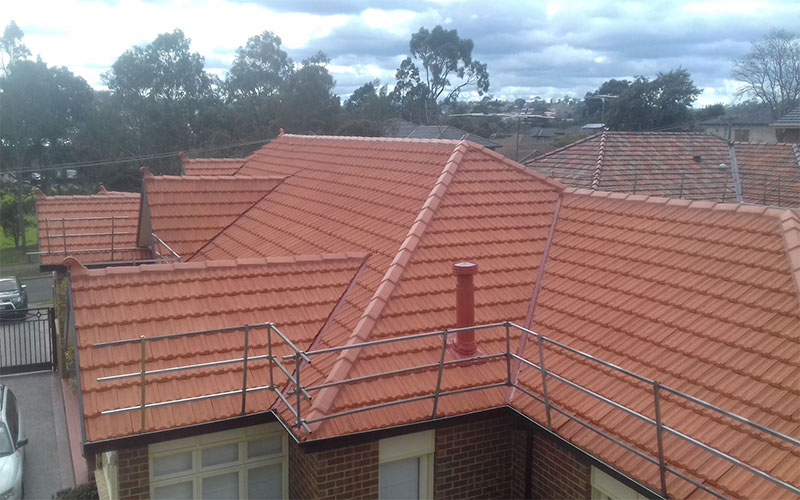
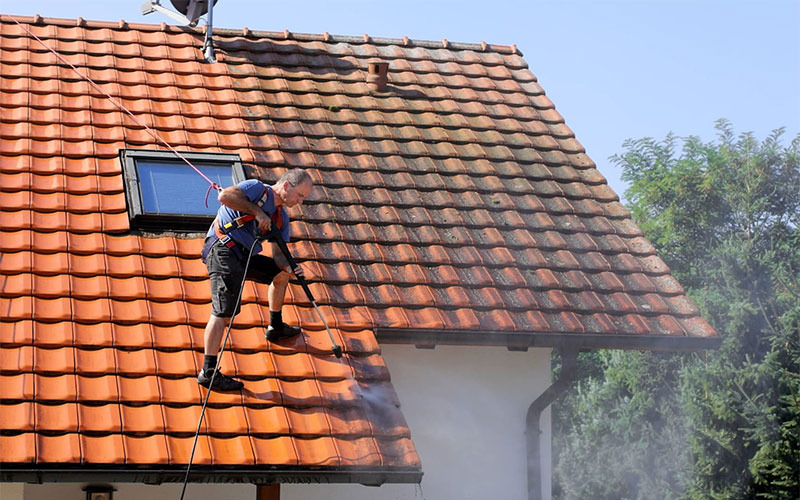
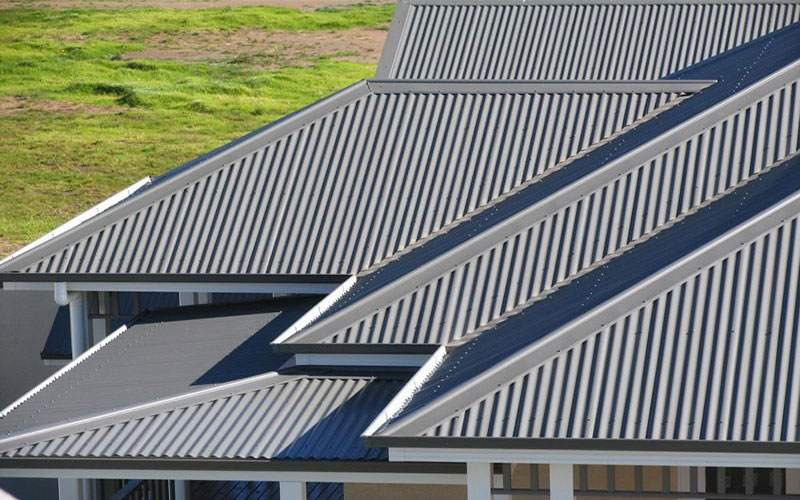
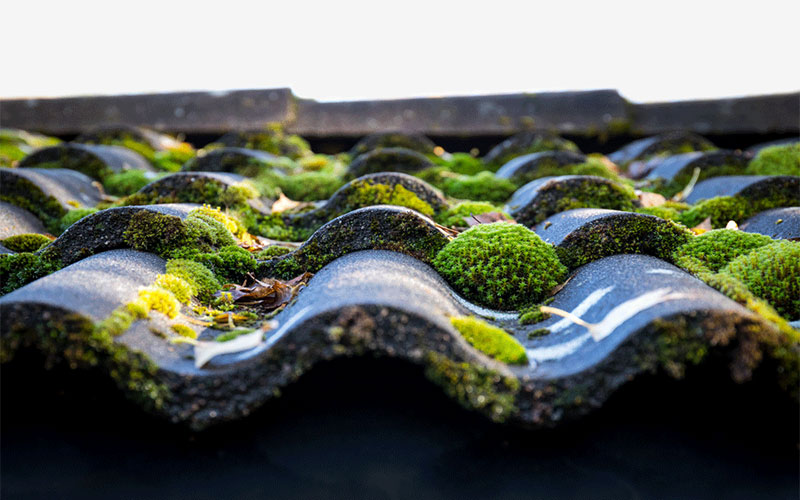
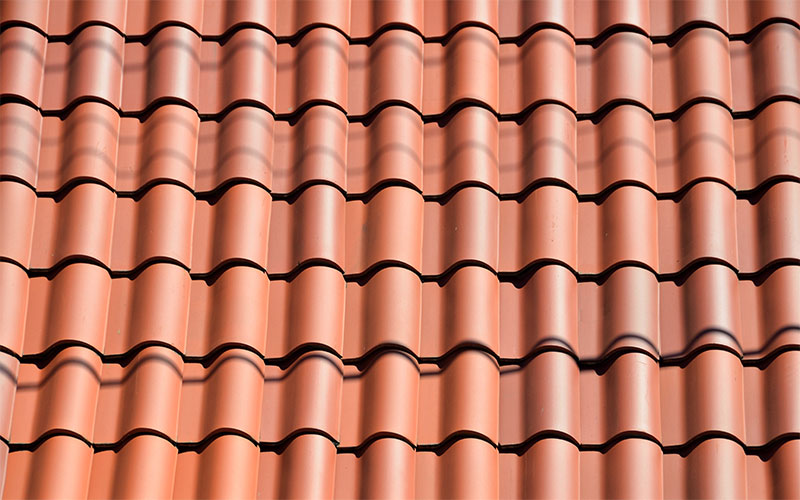
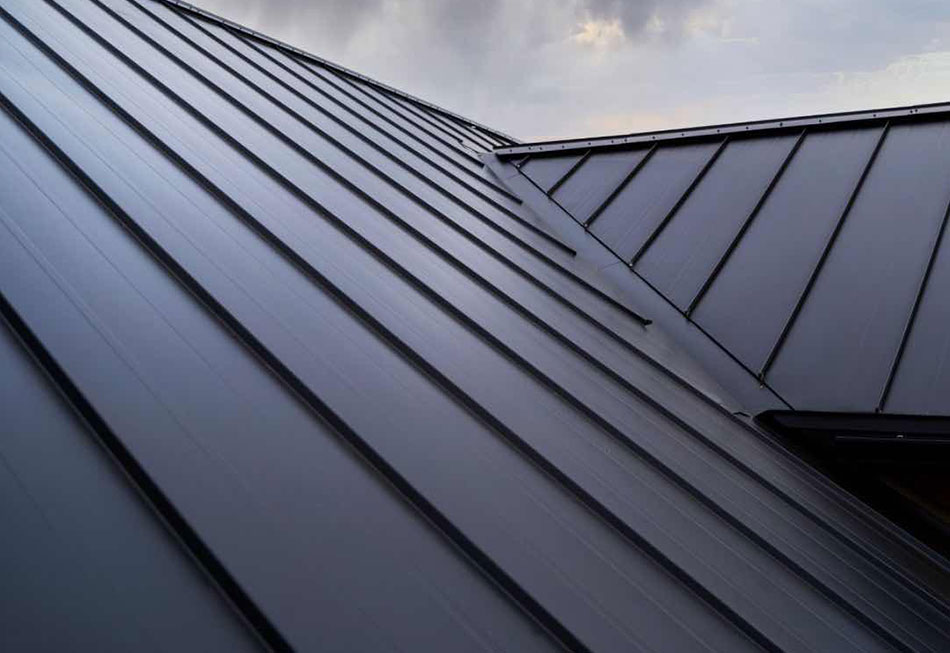
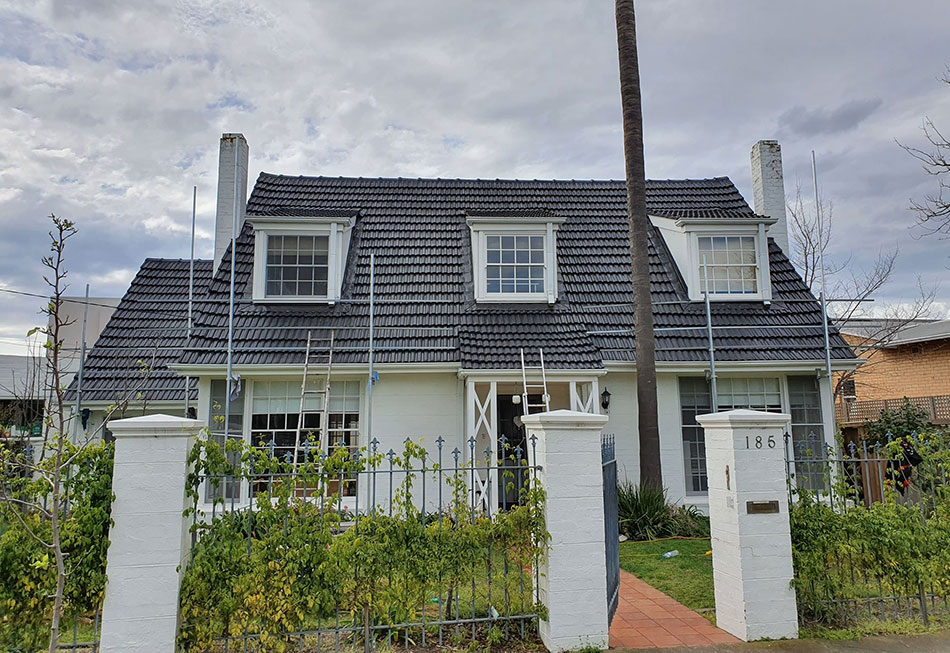
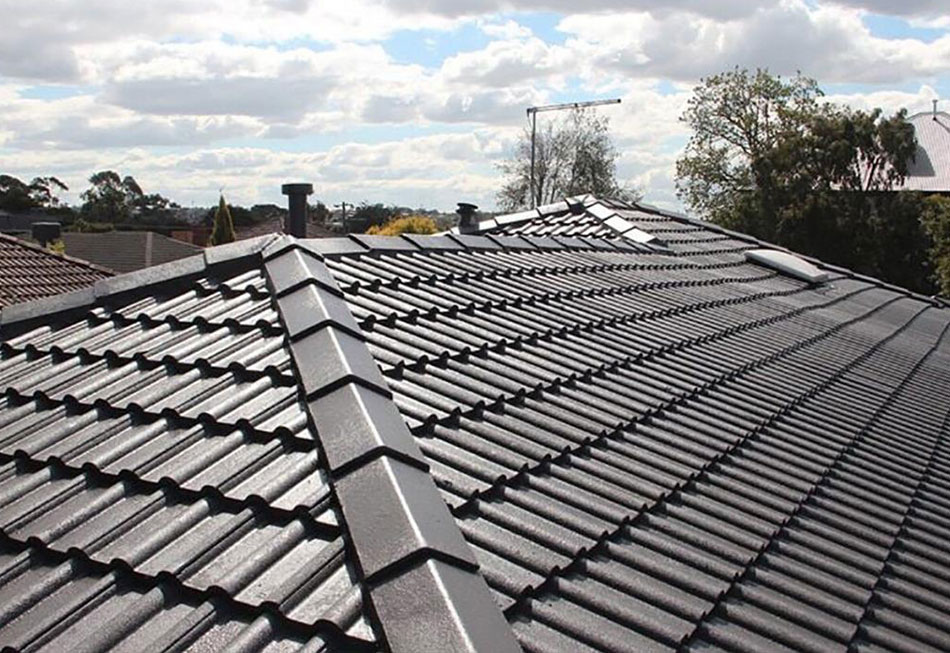

This Post Has 0 Comments